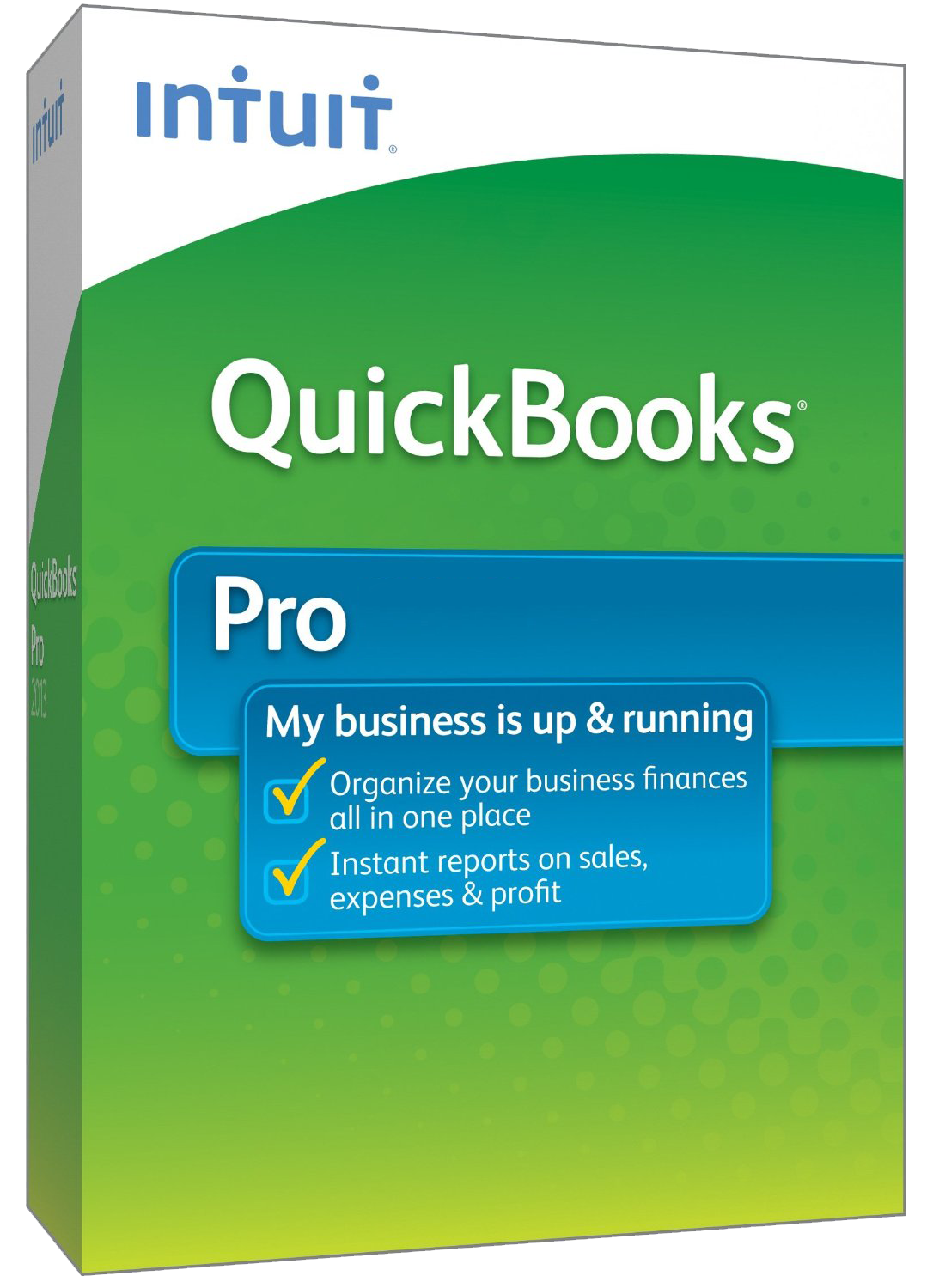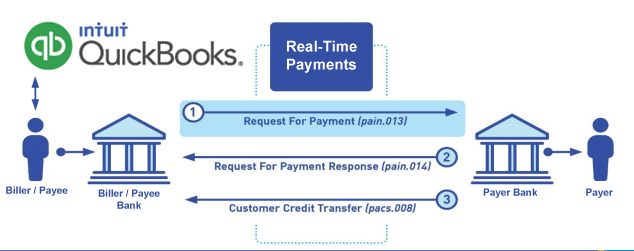QuickBooks® RTP Return Codes
The Best Solution for Payment Processing in QuickBooks®
Today Payments is an Authorized Developer of Intuit offering a highly robust app that supports both QuickBooks’ desktop and online customers, provide merchants with the tools they need so they can focus more time on their customers and businesses, and less time on data entry. "Our Integrated payment solutions can save a typical small business owner more than 180 hours each year"
"Our Integrated payment solutions can save a typical small business owner more than 180 hours each year"See
the features
QuickBooks® ACH, Cards, FedNow and Real-Time Payments
- Payment processing for all QuickBooks desktop, Pro, Premier, Enterprise and also QBO QuickBooks Online Our software is designed for simplicity and ease-of-use.


- ~ Automate Account Receivable Collection
- ~ Automate Account Payable Payments
- ~ One-time and Recurring Debits / Credits
Secure QB Plugin payment processing through QuickBooks ® specializes in the origination of moving money electronically.
Ask about our special:
Request for Payments
Syncing your spreadsheets in Excel and Google Sheets with QuickBooks Online (QBO) while monitoring FedNow and Real-Time Payments (RTP) return codes for Payers and Payees in the context of "Request for Payments" involves a systematic process. Here's a guide on how you can manage return codes for both Payers and Payees and ensure accurate syncing with QBO:
1. Organize Your Spreadsheet:
- Maintain separate sheets or tabs for FedNow and RTP transactions, distinguishing between Payers and Payees.
- Include columns for essential details such as transaction ID, payment reference, amount, payer/payee details, status, and return codes.
2. Transaction Details:
- Include relevant details specific to FedNow and RTP transactions, such as FedNow transaction ID or RTP reference number.
3. Return Code Column:
- Add dedicated columns to record return codes associated with each transaction.
- Include an additional column for return code descriptions to provide context.
4. Status Indicators:
- Use status indicators to denote the current state of each transaction (e.g., Pending, Returned, Resolved).
- Utilize color-coded flags or symbols for quick visual identification.
5. Automatic Date Calculations:
- Utilize formulas to automatically calculate the aging of returned transactions based on the current date.
6. Conditional Formatting:
- Implement conditional formatting to visually highlight returned transactions and aging categories.
- Distinguish between Payers and Payees using different colors or formatting.
7. Immediate Notification:
- Set up immediate notifications to receive alerts when return codes are received from FedNow or RTP.
- Establish clear communication channels to ensure relevant stakeholders are informed promptly.
8. Analysis of Return Codes:
- Analyze each return code to understand the specific reason for the return.
- Consult the documentation provided by FedNow and RTP to interpret the return codes accurately.
9. Error Resolution Workflow:
- Develop a standardized workflow for handling returned transactions. This workflow should include:
- Investigation: Assign responsibilities to team members to investigate the details of the return.
- Correction: Correct the issues identified in the transaction that led to the return.
- Resubmission: If applicable, prepare the corrected data for resubmission to FedNow or RTP.
10. Communication with Banks:
- Establish clear communication channels with banks to resolve issues related to return codes.
- Seek additional information or clarification from banks if needed to address the return reasons effectively.
11. Data Cleaning Process:
- Initiate a data cleaning process to address issues identified by return codes. This may involve correcting data entries, updating information, or resolving discrepancies.
12. Syncing with QuickBooks Online:
- Set up a systematic process for syncing your spreadsheet data with QuickBooks Online.
- Leverage QBO import tools or APIs to ensure accurate and timely data transfer.
13. Regular Reviews:
- Schedule periodic reviews to catch any discrepancies, errors, or overdue returned transactions.
- Verify that aging categories are updated accurately based on the current date.
14. Documentation and Audit Trail:
- Document all actions taken to resolve return codes, including corrections made to the data.
- Maintain an audit trail to track changes and provide transparency in case of future inquiries or audits.
15. Training and Awareness:
- Train relevant team members on the procedures for handling return codes and cleaning data.
- Foster awareness of the importance of data accuracy and compliance with banking and transaction standards.
By implementing these steps, you can establish a comprehensive and well-organized process for monitoring FedNow and RTP return codes for both Payers and Payees in Excel and Google Sheets while ensuring accurate syncing with QuickBooks Online. Regular reviews, documentation, and training are essential for maintaining accuracy and efficiency in your financial processes.

Call us, the .csv and or .xml Request for Payment (RfP) file you need while on your 1st phone call! We guarantee our reports work to your Bank and Credit Union. We were years ahead of competitors recognizing the benefits of RequestForPayment.com. We are not a Bank. Our function as a role as an "Accounting System" in Open Banking with Real-Time Payments to work with Billers to create the Request for Payment to upload the Biller's Bank online platform. U.S. Companies need help to learn the RfP message delivering their bank. Today Payments' ISO 20022 Payment Initiation (PAIN .013) show how to implement Create Real-Time Payments Request for Payment File up front delivering message from the Creditor (Payee) to it's bank. Most banks (FIs) will deliver the message Import and Batch files for their company depositors for both FedNow and Real-Time Payments (RtP). Once uploaded correctly, the Creditor's (Payee's) bank continuing through a "Payment Hub", will be the RtP Hub will be The Clearing House, with messaging to the Debtor's (Payer's) bank.
Our in-house QuickBooks payments experts are standing ready to help you make an informed decision to move your company's payment processing forward.
Pricing with our Request For Payment Professionals

1) Free ISO 20022 Request for Payment File Formats, for FedNow and Real-Time Payments (The Clearing House) .pdf for you manually create "Mandatory" (Mandatory data for completed file) fields, start at page 4, with "yellow" highlighting. $0.0 + No Support
2) We create .csv or .xml formatting using your Bank or Credit Union. Create Multiple Templates. Payer/Customer Routing Transit and Deposit Account Number may be required to import with your bank. You can upload or "key data" into our software for File Creation of "Mandatory" general file.
Fees = $57 monthly, including Support Fees and Batch Fee, Monthly Fee, User Fee, Additional Payment Method on "Hosted Payment Page" (Request for file with an HTML link per transaction to "Hosted Payment Page" with ancillary payment methods of FedNow, RTP, ACH, Cards and many more!) + $.03 per Transaction + 1% percentage on gross dollar file,
3) Payer Routing Transit and Deposit Account Number is NOT required to import with your bank. We add your URI for each separate Payer transaction.
Fees Above 2) plus $29 monthly additional QuickBooks Online "QBO" formatting, and "Hosted Payment Page" and WYSIWYG
4) Above 3) plus Create "Total" (over 600 Mandatory, Conditional & Optional fields of all ISO 20022 Pain .013) Price on quote.
